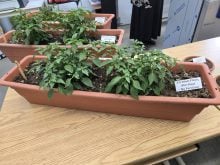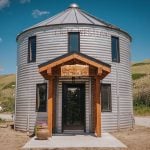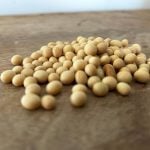Living mulch may be a way to benefit both soil and the bottom line.
The technique uses a perennial crop sown between the rows of an annual crop and University of Georgia researchers are studying how to make this old technique work even better.
They’re studying the use of white clover between the rows of corn crops, supplying nitrogen while choking out less beneficial weeds that eat rather than furnish nitrogen.
The idea is that each planting season, farmers remove a portion of the clover and plant the row crop in that spot. While the corn grows, there is then clover between the rows serving as living mulch.
Read Also

Protecting the farm from crime
From better lighting to cameras to reporting to police, here are some things farmers can do to reduce their crime risk.
Ideally, after the corn is harvested, the clover takes over the whole field and the cycle starts again the next growing season, with the farmer removing portions of the clover to plant corn. However, this process isn’t perfect and often the living mulch fails to fully re-establish, the scientists say.
“We chose white clover particularly to use as living mulch because it has the capability to regrow and re-establish itself when the conditions are right, and to perpetuate itself from year to year,” says Nicholas Hill, lead researcher. “We wanted to start defining what the conditions were from the standpoint of agricultural practices that could help the clover regrow year to year in a corn production system.”
The scientists mainly looked at two different variables: how wide of a band of clover to spray with herbicide and then how wide to make the rows of corn. They found the ideal band to spray with herbicide was 20 cm (eight inches) wide and the ideal crop row width was 90 cm (36 inches).















